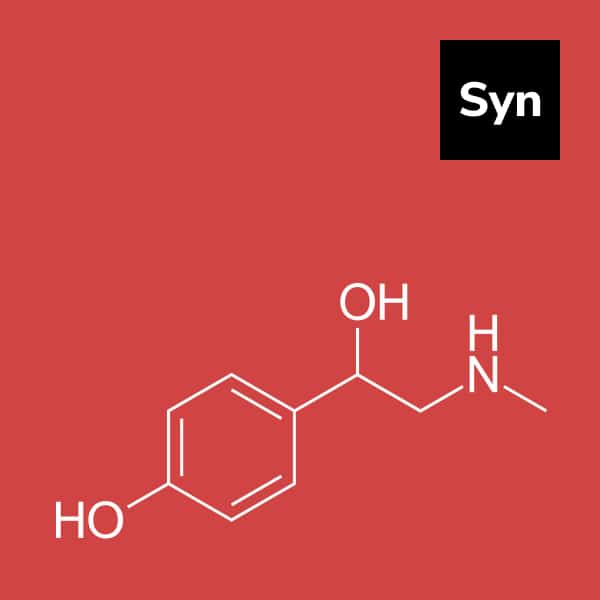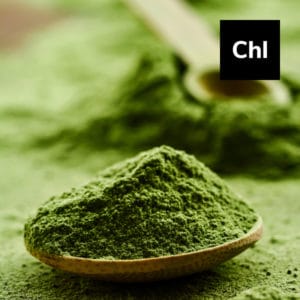Overview
Synephrine, the bitter orange’s bioactive component, has a long history of usage in traditional Chinese medicine. Likewise, it is used by indigenous populations in the Amazon for indigestion, nausea, and constipation. It is now frequently utilized in weight loss products as a thermogenic.
Key Benefits
- Used as a mild stimulant.
- Supports weight loss.
- Aids in controlling appetite.
- Helps burn fat (lipolysis).
- Increases energy.
- Provides antioxidant support.
History of Usage
Synephrine was originally introduced in Europe as a synthetic medication in the late 1920s under the brand name Sympatol. Synephrine was first studied pharmacologically in the late 1920s, when it was discovered that injected synephrine increased blood pressure, constricted peripheral blood vessels dilates pupils, stimulates the uterus, and relaxes the intestines in experimental animals. Peter Lasch wrote one of the early publications addressing its pharmacological and toxicological effects.
Synephrine was first extracted as a natural substance from the peel of bitter oranges, commonly known as sour oranges and Seville oranges, in the early 1960s. Originating in Southeast Asia, this plant is now distributed throughout Latin America, the Caribbean, the South Sea Islands, Europe, and Western and Southern Africa.
Synephrine gained popularity following the FDA’s 2004 prohibition of ephedra-containing products (FDA). The supplements that were introduced following the ephedra prohibition were labeled as “ephedra-free,” and their primary constituent was synephrine. Since then, synephrine has been utilized as an alternative for ephedra.
Synephrine research has been quite inconsistent, with many stating that it elevates blood pressure and is associated with heart attack and stroke. Approximately 30 human investigations, on the other hand, demonstrate that p-synephrine and bitter orange extracts do not have cardiovascular effects and do not act as stimulants at regularly used levels.
The National Collegiate Athletic Association (NCAA) has added “synephrine (bitter orange)” to its current list of prohibited substances, categorizing it as a stimulant.
Biochemistry
Synephrine is an odorless, crystalline substance that is soluble in water. Its chemical structure is similar to that of numerous other medicines, including the main neurotransmitters epinephrine and norepinephrine. Synephrine is structurally identical to ephedrine and acts as a vasoconstrictor.
Synephrine occurs naturally in citrus plants, such as bitter oranges and mandarin oranges, which are members of the Rutaceae family. It is a sympathomimetic alkaloid with the formula C9H13NO2. Synephrine exists in three isomeric states: p-synephrine, m-synephrine, and o-synephrine.
The isomers of the synephrine alkaloid, p-synephrine, and m-synephrine, have varying effects on the human body. While p-synephrine has been shown to help people lose weight, m-synephrine has the potential to raise blood pressure in humans. As a result, dietary supplements often include p-synephrine rather than the other isomers.
Recent Trends
While consumers have developed a skepticism about weight-loss solutions, demand for synephrine continues to grow in the dietary supplement business. It is available as a powder, pills, and liquid.
The Dutch authorities are proposing regulations establishing a permissible limit for synephrine as bitter orange in dietary supplements. European countries have varying legislation. For instance, the French government has approved the use of 20mg of synephrine in food supplements, whereas Italy has permitted the use of 30 mg of synephrine derived from natural sources.
Synephrine is more widely utilized in the United States, where it is mostly used as a dietary supplement for weight loss. In the Asia Pacific and Latin America, synephrine is used seldom, and consumer knowledge is low, except in China, where it has been used in traditional medicine for generations.
Precautions
- Pregnant and breastfeeding women should not take synephrine.
- Individuals with heart disease, arrhythmia, or glaucoma should not use synephrine.
- Since synephrine acts like a stimulant, it might interfere with surgery by increasing heart rate and blood pressure. Patients should stop taking synephrine at least 2 weeks before a scheduled surgery.
- Individuals taking any pharmaceutical drugs should consult with a health-care provider before taking synephrine.
- Synephrine may speed up heart rate, raise blood pressure, and increase anxiety. Some people have had strokes or heart attacks after using synephrine alone or with additional stimulants like caffeine. It may interact with some prescription medications.
References
- Lasch F (1927). “Über die Pharmakologie des Sympathols, einer neuen adrenalin ähnlichen Substanz. (Zugleich ein Beitrag zur Frage der chemischen Konstitution und pharmakodynamischen Wirkung),” Naunyn-Schmiedebergs Archiv für Experimentelle Pathologie und Pharmakologie. 124 (3–4): 231–244.
- Stewart I., Newhall W. F., Edwards G. J. (1964). “The isolation and identification of synephrine in the leaves and fruit of Citrus,” J. Biol. Chem. 239: 930–932.
- Stohs SJ. Safety, Efficacy, and Mechanistic Studies Regarding Citrus aurantium (Bitter Orange) Extract and p-Synephrine. Phytother Res. 2017 Oct;31(10):1463-1474. doi: 10.1002/ptr.5879. Epub 2017 Jul 28. PMID: 28752649; PMCID: PMC5655712.
- Gutiérrez-Hellín J, Ruiz-Moreno C, Del Coso J. Acute p-synephrine ingestion increases whole-body fat oxidation during 1-h of cycling at Fatmax. Eur J Nutr. 2020 Oct;59(7):3341-3345. doi: 10.1007/s00394-019-02101-6. Epub 2019 Nov 5. PMID: 31691018.




